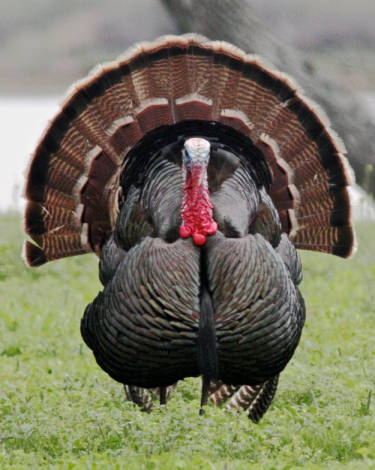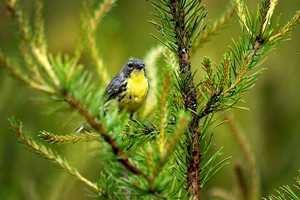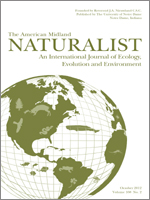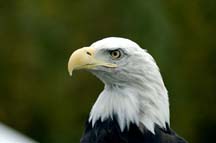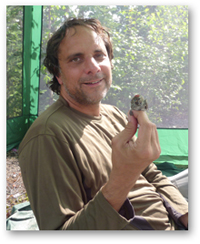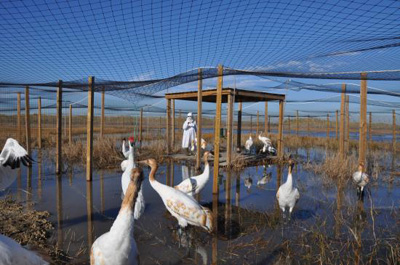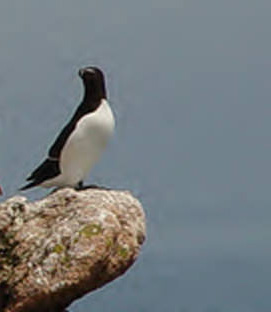
Razorbills are typically birds of the northern Atlantic Ocean. Some winters they’ll show up in New Jersey or as far south as Virginia, giving bird-watchers a thrill. This black-and-white auk is not quite like anything else seen on the East Coast.
So imagine the surprise when razorbills started showing up in Florida. Not just one or two, but well over a hundred of them.
eBird had the story on their blog two weeks ago. The photo of razorbills flying over palm trees is worth a look.
The Florida media is catching on as well. Florida Today ran a story the day after Christmas. It says the birds are “penguin-like.” Well, the razorbills are black and white, and are bowling-pin shaped, but they fly. (And are from a different hemisphere, but that’s a mere detail.)
EBird says that the razorbills probably did not head south for warmth, mojitos or a vacation, but in search of food. That’s not good news.
Read the eBird blog, here.
Read the Florida Today story, here.
Photo: Razorbill, somewhere in the north Atlantic, courtesy of the US Fish and Wildlife Service.

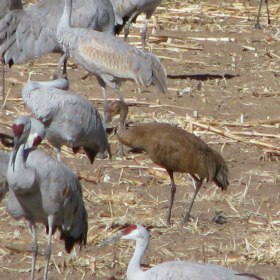 It’s not so much of a mystery, as a quirky little crane that has attracted media attention nationwide. Back in November,
It’s not so much of a mystery, as a quirky little crane that has attracted media attention nationwide. Back in November, 